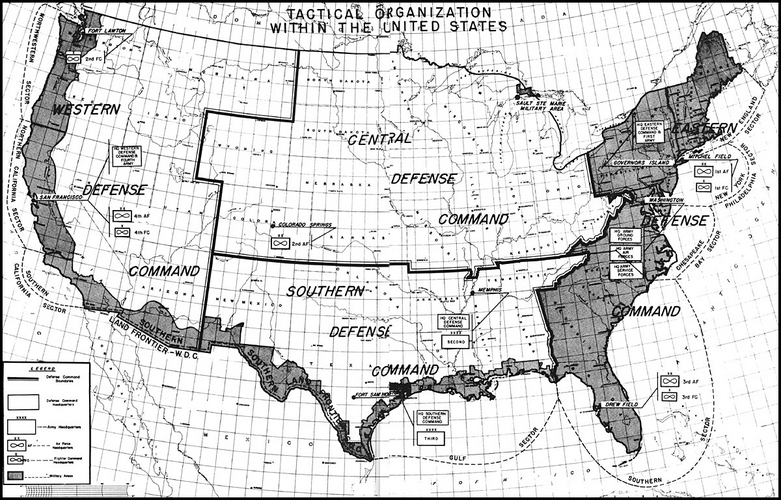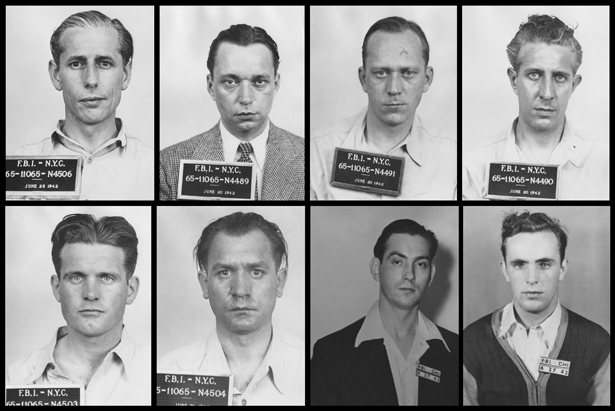Again, I'm not saying that I think the German plan would've been a great success; I'm just telling you what the plan actually was.
And I'm pointing out the historical reality was it was a complete fantasy on the German's part. They wanted to build aircraft they could neither afford to build nor acquire in quantities that would do anything. They planned to use them against the US in a way that ensured they'd almost certainly all be lost in short order.
Of course, part of this is the Germans had next to zero actual intelligence on what was going on in the US, what US defenses were, how they were set up, or what their strength was. They quite literally didn't even know where much of US industry was located, particularly factories set up post 1941.
For them, locations like North American Dallas, Boeing Wichita, or Oak Ridge didn't exist. They knew nothing about these massive operations. Sure, a surprise raid scattering some bombs over NYC and Manhattan would be a local scare and nuisance, but it wouldn't have any effect on the outcome of the war. It would be a meaningless gesture.
We all know the historical reality. There's really no need to spell it out. It is absolutely obvious that the German plan was ridiculous. It is, surely, obvious that going to war with the US at all was a complete disaster for the Germans - they basically lost the moment they declared war on the US, it simply became a matter of when they lost, not if they would lose. We know that the Germans couldn't afford the resources to build a fleet of heavy bombers, even a small one. All that should go without saying.
What's not been obvious is what the Germans actually were planning (regardless of its chances of success, i.e. zero). The assumptions underpinning the question we're responding to suggest that people don't realise that the Germans were not trying to 'bring the US to its knees', nor that they had very few aircraft designs that could have even reached the US and returned. Nor that most of the designs mentioned were never intended as 'Amerikabombers'. These are the things that aren't known - and that is the gap in awareness that I am attempting to fill with knowledge gleaned from primary source research.
It's also not obvious what intelligence the Germans had about what was going on in the US. German archivists have estimated that something like 98% of files on intelligence about foreign powers were destroyed.
It's not a topic I've paid too much attention to, exactly what the Germans did and didn't know about US military planning, but I wouldn't be too hasty to say that they "had next to zero actual intelligence on what was going on in the US". Certainly, they seem to have had a remarkable degree of knowledge about the B-29, B-32 and other aircraft. In addition, if you look through the ADRC/T-2 microfilm files (i.e. air technology documents captured from the Germans at the end of the war) you will occasionally find articles on air technology lifted from American magazines with dates ranging from 1940 to 1944. There's a good one on Northrop's flying wings, for example, which gives away far more than you'd think either Northrop or the American government would have been comfortable with.
So while I agree with you about the ludicrously low chances of the Me 264/Ju 290/Ju 390 achieving anything other than being a massive waste of resources, I'm hesitant to agree with you about the state of German intelligence on the US. They knew far less, I think it's fair to say, about what was happening in Britain.



